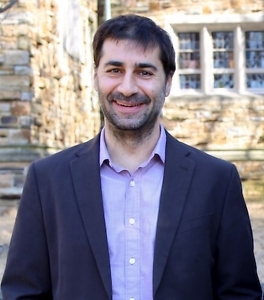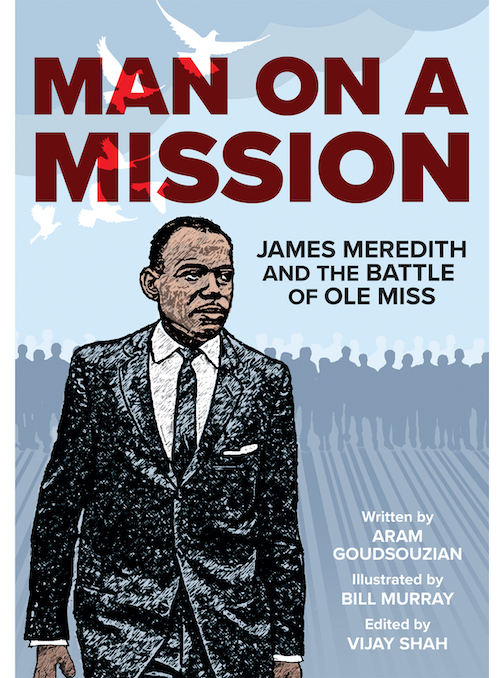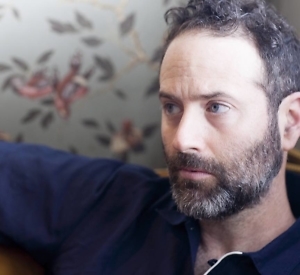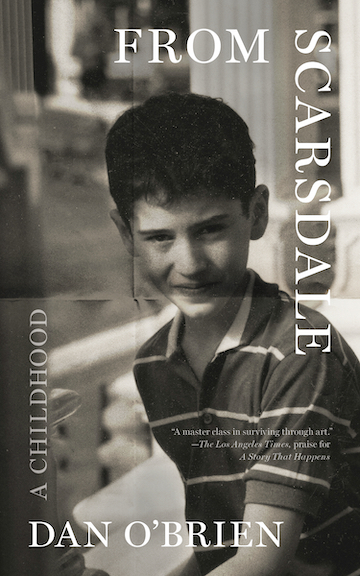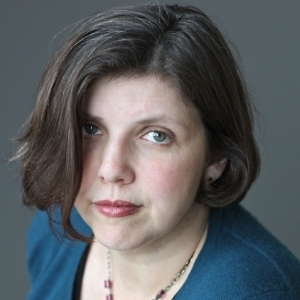Filling the Need to Know
Joyce Carol Oates talks about her new memoir
In her review of Joyce Carol Oates’s 2010 novel A Fair Maiden, Jane Smiley compared Oates’s body of work to a “capacious and daring” museum with many galleries. It’s an apt image for conveying both Oates’s mastery as a writer and her rare prolificacy. She has published fifty-five novels since her first, With Shuddering Fall, appeared in 1964, as well as more than thirty short-story collections. Several dozen books of poetry, plays, essays, criticism, and children’s literature round out her remarkable oeuvre. The thematic sweep of her fiction ranges from Bellefleur, a mythic historical epic, to Zombie, an exploration of the mind of a sexual psychopath. A concern with sexual violence marks much of Oates’s work, including her 2010 short story collection Sourland, which reviewer Alan Cheuse described as haunted by a recurring paradigm of a woman “floundering about in a world of male force.”
 In 2008, Oates’s husband, editor, and publisher Raymond Smith, died suddenly after a brief bout with pneumonia. The couple had been married since 1961. Oates recounts her grieving in A Widow’s Story: A Memoir, published this month. The New York Times described the book as a “patchwork of vivid scenes, memories, reflections and hallucinatory visions” in which Oates almost becomes “one of her often ill-fated female fictional characters, cast from blind innocence into gothic turmoil.”
In 2008, Oates’s husband, editor, and publisher Raymond Smith, died suddenly after a brief bout with pneumonia. The couple had been married since 1961. Oates recounts her grieving in A Widow’s Story: A Memoir, published this month. The New York Times described the book as a “patchwork of vivid scenes, memories, reflections and hallucinatory visions” in which Oates almost becomes “one of her often ill-fated female fictional characters, cast from blind innocence into gothic turmoil.”
Oates has received an array of honors and awards for her work, including a National Book Award for her 1970 novel Them. She is widely considered to be among the likeliest American candidates to win the Nobel Prize for Literature. In addition to her renown as a writer, Oates has long been highly regarded as a teacher. Since 1978, she has taught in the creative-writing program at Princeton University, where she is Distinguished Professor of the Humanities. On February 25, Oates will give a free public reading at Austin Peay State University as part of a celebration for the twenty-fifth anniversary of the university’s Center of Excellence for the Creative Arts. She answered questions from Chapter 16 via email.
Chapter 16: Memoirs have become a very popular genre in recent years. What do you think readers are seeking when they come to a literary memoir such as A Widow’s Story, as opposed to a work of fiction? Why did you want to write it?
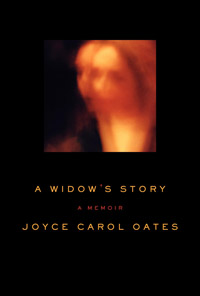 Oates: It may be that we all need to know more about our lives than we can acquire from our own experience—reading memoirs by people who have had misfortunes, for instance, can help us plan for the inevitability of our own; also, there is the natural human wish to extend sympathy and understanding, through reading.
Oates: It may be that we all need to know more about our lives than we can acquire from our own experience—reading memoirs by people who have had misfortunes, for instance, can help us plan for the inevitability of our own; also, there is the natural human wish to extend sympathy and understanding, through reading.
Chapter 16: Did you find that creating the memoir entailed the same pains and pleasures as writing fiction?
Oates: I did not really “write” a memoir—this book is assembled from numerous journal entries written, sometimes in desperation, from February 11, 2008, onward. In the summer of 2009, I organized the journal entries, revising some sections and adding a few more traditional sections, like the remembrances of life in Detroit in the 1960s. These came later.
Chapter 16: One reviewer of Sourland described the collection as having an intensity not seen in American stories since Poe. How much of that intensity is artful? Do you ever write with effect in mind?
Oates: I’m not sure. I am interested in drama and have written for the stage—the “dramatic” tension is part of my hope for my writing, as it is something I am drawn to in others’ fiction as well.
Chapter 16: Discussions of your work often focus on the violence it contains. How much of your interest in violence is culturally determined? If you had grown up in a culture less obsessed with violence than the United States, do you think your central concerns as a writer might have been different?
Oates: Art doesn’t “contain” violence—words are not events—naturally one writes about serious, sometimes tragic subjects, and it would not be asked of a historian, for instance, or a war correspondent, why he or she write[s] about “violent” subjects. I think of my writing as focusing upon individuals, often women and children, who have endured and survived violence, but often the violence is not depicted in my writing at all, as it is not in classic Greek tragedy.
Chapter 16: You’ve said that teaching is important to you, and you’ve been teaching for many years. Has your experience of teaching changed over time? Have students changed?
Oates: Students have not changed radically since I’ve begun teaching, perhaps because my students are so self-selected—they are serious writers, whatever their age. Elsewhere, I know that other teachers are not happy with their less literate, less book-minded students.
Chapter 16: Is there one of your books that you wish had found a wider audience?
Oates: Yes, What I Lived For is perhaps my favorite of my own novels, along with Blonde, which did receive a modicum of attention.
Chapter 16: You haven’t published a collection of poetry in several years. Are you writing much poetry these days?
Oates: No, I think that those energies are going now into young adult fiction; I’m working on a YA novel right now.
Chapter 16: In A Widow’s Story: A Memoir you write about the disconnect between you and your “quasi-public self” as an author: “On the spines of books shelved in certain libraries and bookstores you will see OATES but this is a descriptive term, this is not a noun.” Does the existence of that public entity ever create a problem for you as a writer? Do you have to put any awareness of it out of your mind in order to be true to your work?
Oates: Not really: writing is a matter of concentration and relative isolation. It is never really easy, but one has to be alone and in a reflective mood; my “public self” is also my teaching self at Princeton, which is very enjoyable. I have wonderful colleagues and students at Princeton—this complements the stress of being so much alone with words.
Joyce Carol Oates will give a reading in the Austin Peay State University Concert Hall in Clarksville on February 25 at 7:30 p.m. The event is free and open to the public.
